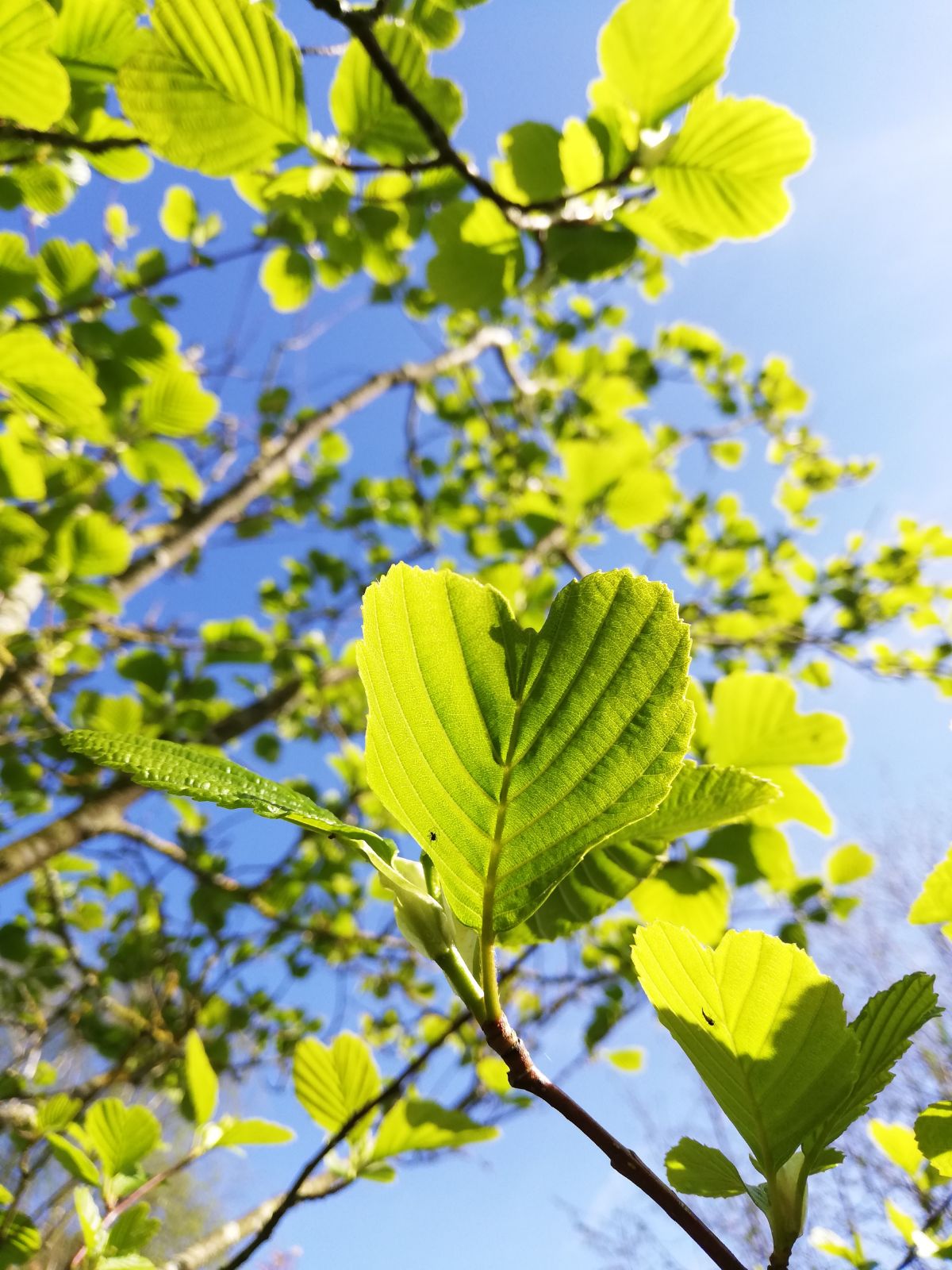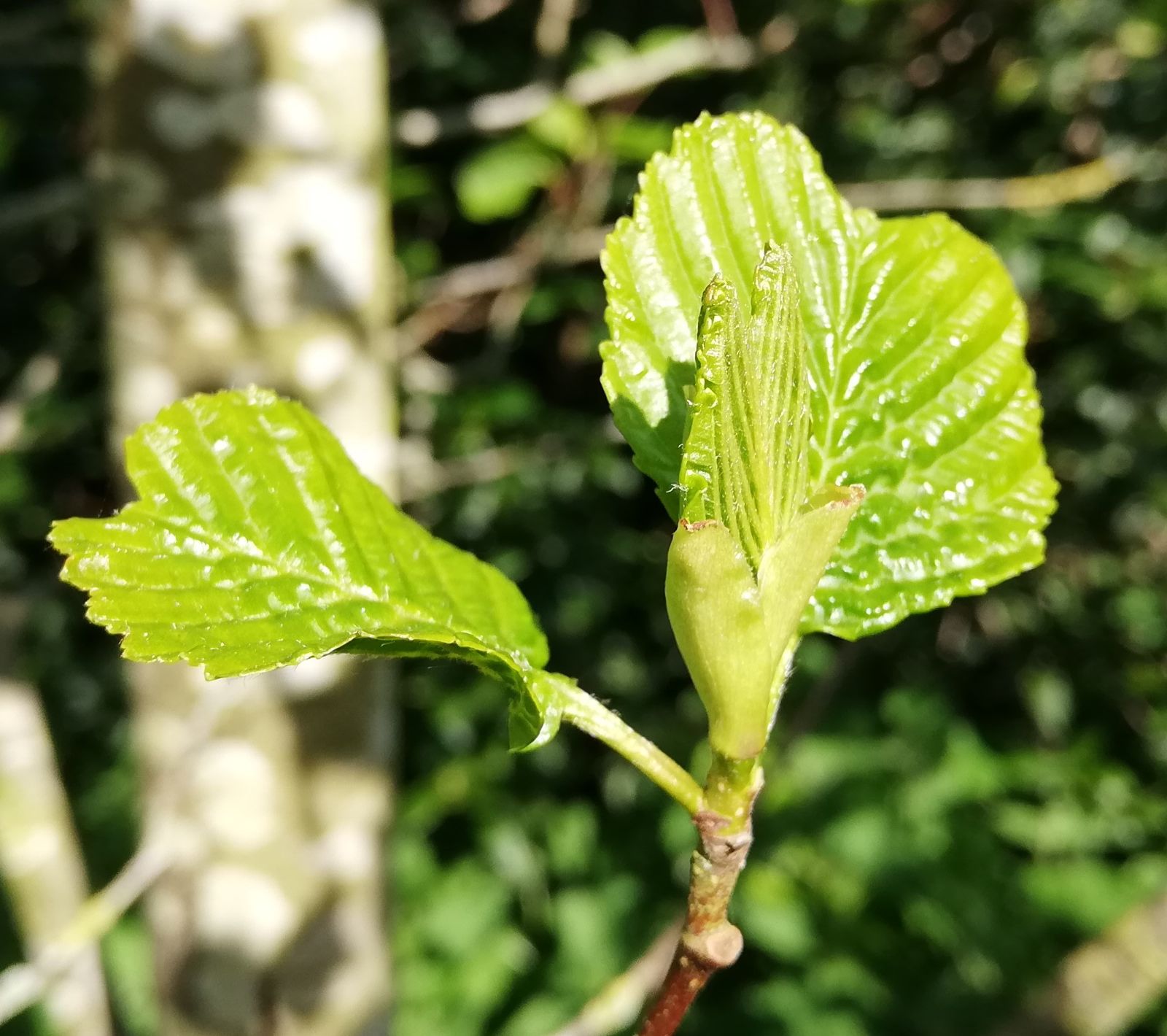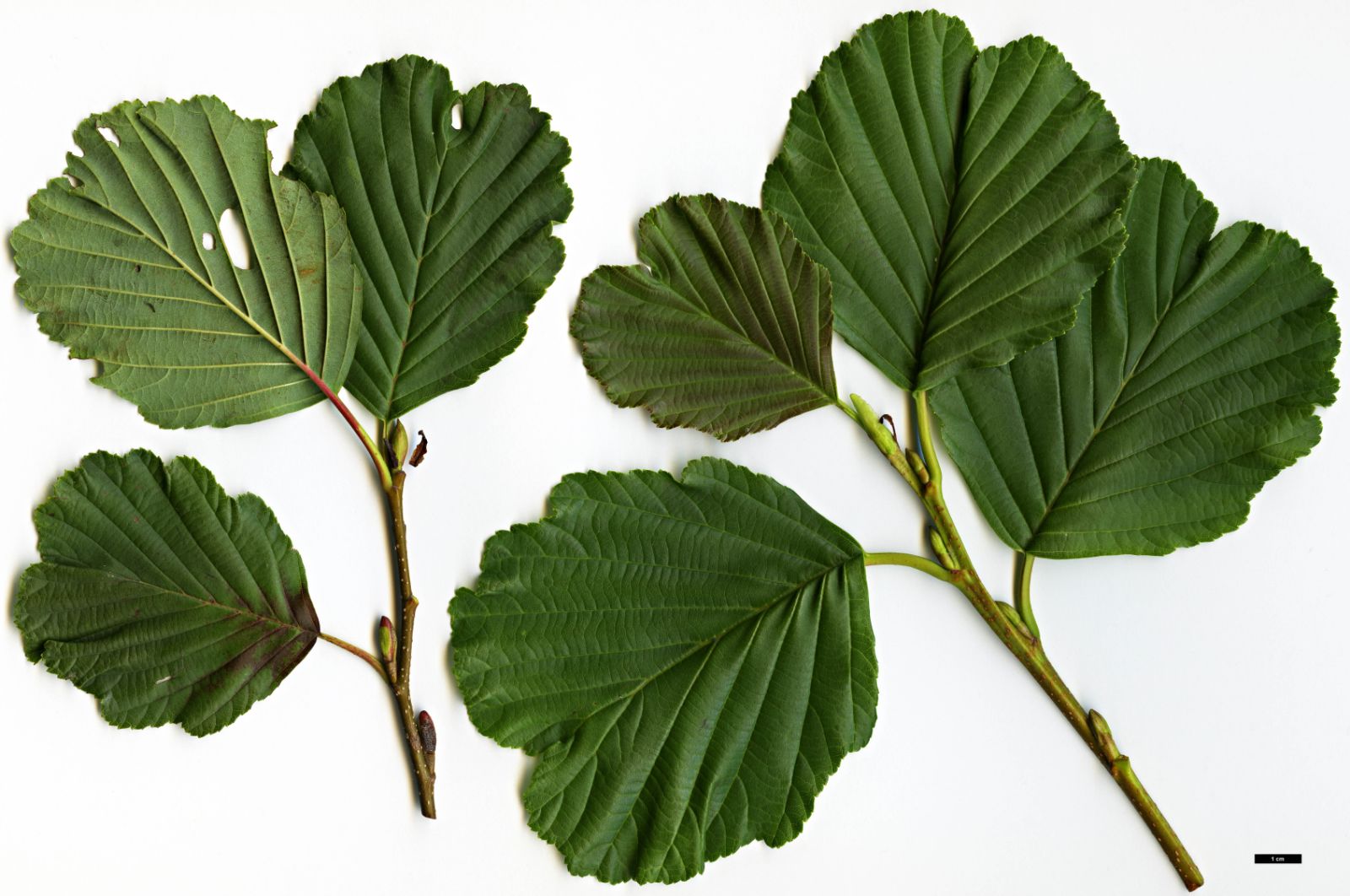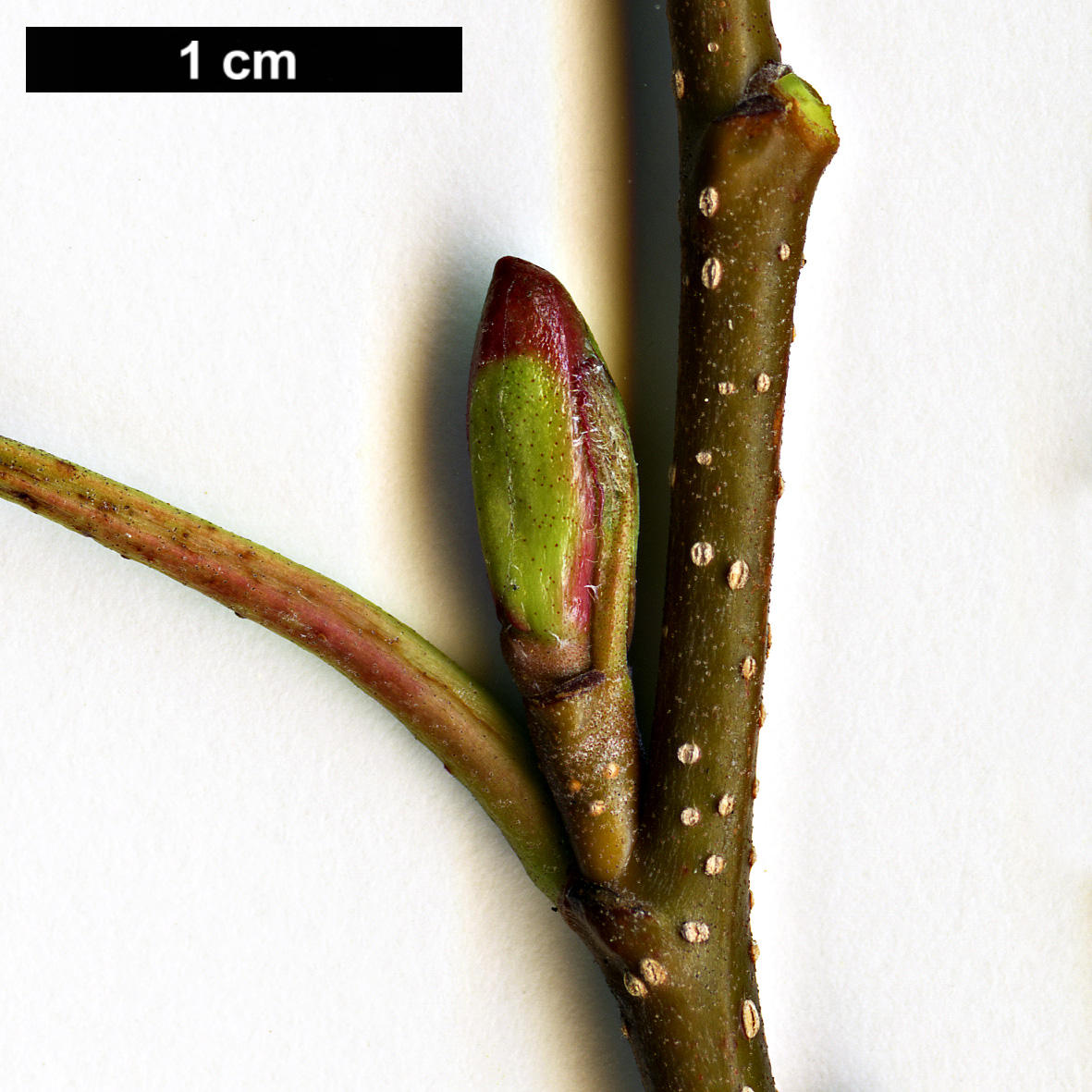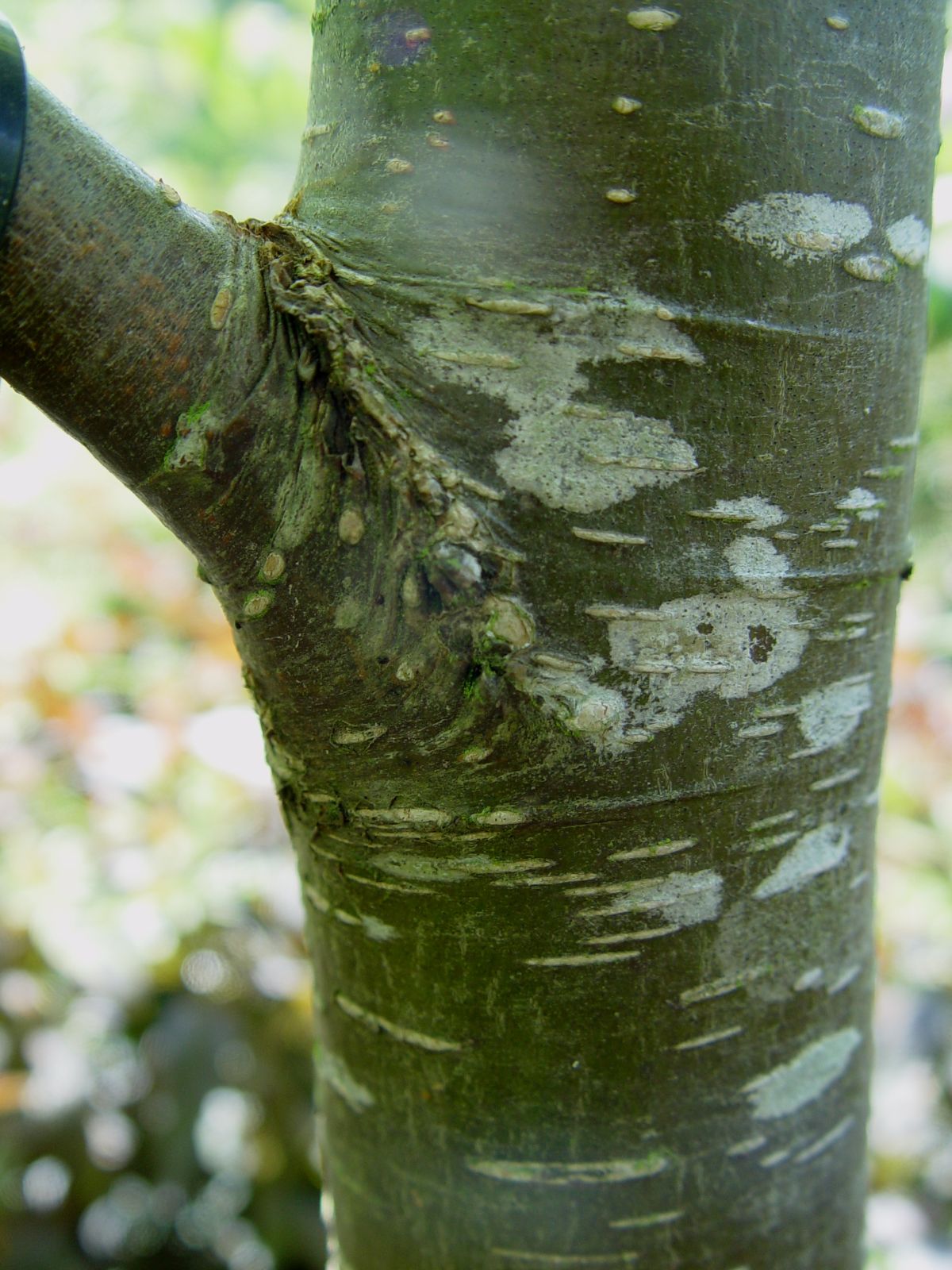Alnus matsumurae
Sponsor
Kindly sponsored by
a member of the International Dendrology Society
Credits
Tim Baxter & Hugh A. McAllister (2024)
Recommended citation
Baxter, T. & McAllister, H.A. (2024), 'Alnus matsumurae' from the website Trees and Shrubs Online (treesandshrubsonline.
Genus
- Alnus
- Subgen. Alnus, Sect. Glutinosae
Synonyms
- Alnus emarginata Shirai
- Alnus incana var. emarginata Matsum.
Other taxa in genus
- Alnus acuminata
- Alnus alnobetula
- Alnus betulifolia
- Alnus cordata
- Alnus cremastogyne
- Alnus djavanshirii
- Alnus dolichocarpa
- Alnus × elliptica
- Alnus × fallacina
- Alnus fauriei
- Alnus ferdinandi-coburgii
- Alnus firma
- Alnus formosana
- Alnus glutinosa
- Alnus hirsuta
- Alnus incana
- Alnus inokumae
- Alnus japonica
- Alnus jorullensis
- Alnus lanata
- Alnus lusitanica
- Alnus maritima
- Alnus × mayrii
- Alnus nepalensis
- Alnus nitida
- Alnus oblongifolia
- Alnus orientalis
- Alnus pendula
- Alnus rhombifolia
- Alnus rohlenae
- Alnus rubra
- Alnus serrulata
- Alnus serrulatoides
- Alnus sieboldiana
- Alnus 'Sipkes'
- Alnus × spaethii
- Alnus subcordata
- Alnus trabeculosa
Tree to 17 m, rarely a large shrub. Bark shining silvery-grey. Branchlets glabrous, dark gray-purple or reddish with large lenticels. Buds with 2 mm stipe, green, elliptic-obovate, with leaves plicate in bud. Stipules deciduous early in the season, oblong. Leaves obcordate (rarely orbicular), apex emarginate, base cuneate, 5–10 × 4–10 cm, adaxially dull green, glabrous to sparsely pubescent, abaxially grey-glaucous, blade glabrous with veins pilose when young, with hairy domatia, 6–9 pairs of arcuate craspedodromous veins, margins lobulate with small forward-pointing serrate teeth, petioles glabrous to pubescent, 10–30 mm. Staminate inflorescences aments solitary or paired, terminal and on upper part of branches, 4–8 cm long at anthesis. Pistillate inflorescences held below males, solitary to racemose in clusters of 2–5. Fruit ovoid, 1.3–1.8 × 1–1.2 cm, bracts woody, 3–4 × 2–4 mm, with 5 small even striate lobes. Seeds elliptic-obovate with broad thick rim and divergent styles, 1.5 × 1 mm. Flowers May to June, fruiting November (Japan). (Iwatsuki, Boufford & Ohba 2006; T. Baxter, pers. obs.).
Distribution Japan C&N Honshu
Habitat Common in forests in high mountains.
USDA Hardiness Zone 5-6
RHS Hardiness Rating H7
Conservation status Least concern (LC)
Alnus matsumurae is a native of the high mountains of Honshu, Japan. It grows into an attractive upright tree with a straight trunk, shining grey bark and spreading branches. A. matsumurae is generally placed within Section Glutinosae (Murai 1964), but this is probably does not reflect its evolutionary relationships. Chen & Li (2004) conclude it is closely related to A. japonica and A. serrulata, while Ren, Xiang & Chen (2010) found it most closely related to A. hirsuta or A. japonica and A. fauriei (depending on the method of assessment). It is not known how this relates to morphology, but one possible theory is A. matsumurae arose from a combination of the lowland A. fauriei hybridising with something else, possibly A. japonica and speciating to form what we see today. It is certainly intermediate between several others in morphological characters. Both A. matsumurae and A. fauriei are diploid (H. McAllister pers. obs.; Rice et al. 2015) and some A. japonica are reported as diploid (Rice et al. 2015).
Alnus matsumurae is most similar to A. fauriei, but its leaves are distinctive, being obovate with an emarginate tip, slightly lobed with even, small, forward-pointing teeth, forward-pointing even veins, and grey-green undersides; its leaves are plicate in bud, being distinctly folded like a fan, and are glossy only on emergence; its stipules are oblong, and deciduous relatively early in the season; its fruit are medium-sized and ovoid. This is almost always an upright tree, and only occasionally multi-stemmed. A. fauriei has much larger persistent stipules up to twice as broad as wide; leaves which are usually much larger, distinctly folded in half (conduplicate) in bud, glossy and often red-tinged on emergence, green below; and smaller ovate-oblong cones. It is usually smaller in stature and multi-stemmed (T. Baxter pers. obs.).
Bean (1976) gave little attention to this species, which is a shame as it is very attractive when grown well. In aesthetic terms it is effectively Alnus fauriei with a much improved upright form. It appears to be hydrophilic and halophilic, growing best in wet soils in full sun. It is still uncommon in cultivation and is only found in large collections and arboreta. It seems to grow well throughout the UK and Ireland, but is not suitable for drier environments. A shrubby specimen seen at the Morton Arboretum was received as wild-collected seed in 1995 from Arboretum National des Barres, France. The 17 m tree at Kew noted by Bean has gone, but there is a similarly sized one (17 m tall, 1.52 m dbh in 2012) at Alice Holt, Hampshire (Tree Register 2021). At Stone Lane Gardens, Devon, there is a 12 m specimen, planted in 2001. Plants at Ness have fared poorly as they are in too dry a situation and shaded.


